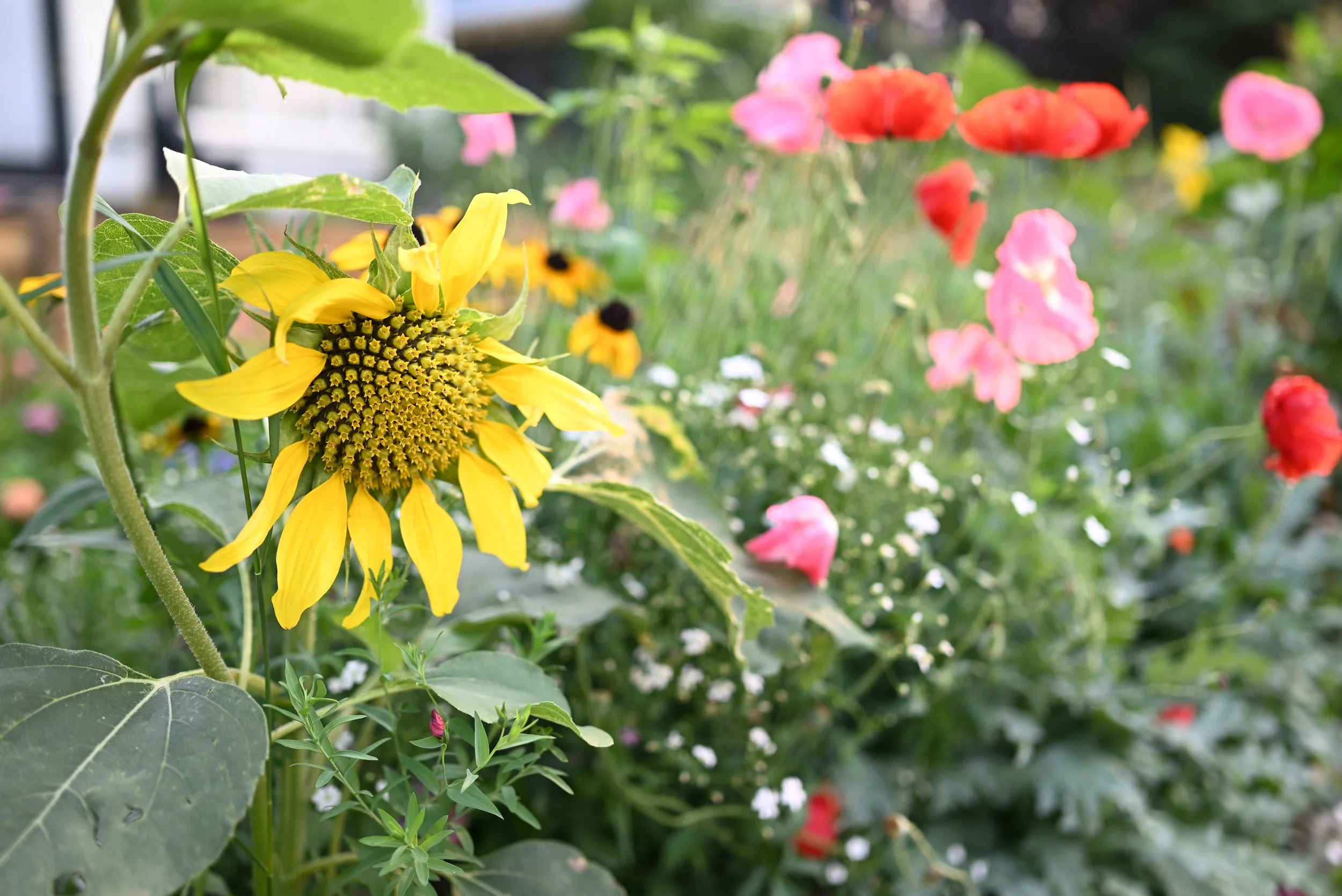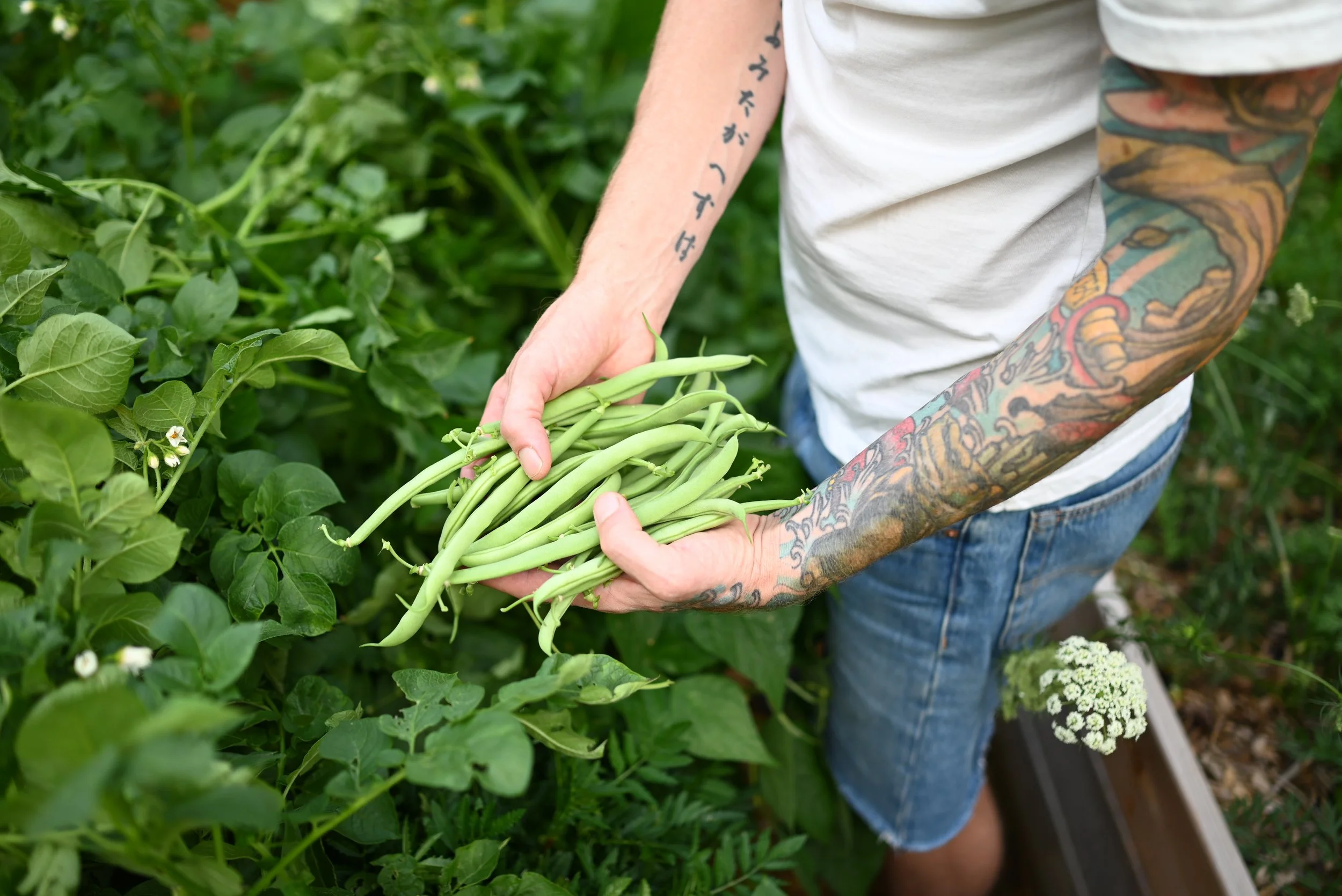What is Permaculture?
Permaculture is a design system for creating sustainable human environments. It’s goals are to create low input, low maintenance, yet high yielding multi-functioning systems.
It is a philosophy of working with, rather than against nature. It designs for the working relationships and connections between all things to create diverse, harmonious, resilient eco systems.
Permaculture is a vast concept that can include everything from rain harvesting, composting, agroforestry, etc., however it can be defined by its core ethics and principles.
Permaculture Core Ethics
Care for the Earth
This is exactly like it sounds.
It means caring for the soils, the rivers & oceans, the air, the trees, the bees and ever other living creature that make up the fulness of our interconnected and interdependent world.
Our actions have a profound effect on the world around us and our choices can be harming or helping to our environment.
Care for People
This acknowledges that people, like our world, are all interconnected and interdependent.
When we look out for each other and help each other. Our families, communities and society as a whole grows, feels safer and more connected.
Fair Share/Reinvest the Surplus
Is reinvesting back into the earth and its people, and the systems that support them. It ultimately supports the first two principles, while inviting us to limit overconsumption
This builds strength & resilience through replenishing rather than depleting and supports equal distribution for all.
Permaculture Principles
-
We cannot move forward in any direction until we first understand where we are currently and what’s going on now. This principle invites us to observe and work with the natural forces present.
-
By developing systems that collect resources when they are abundant, we can ensure we have those resources in times of need.
-
Most peoples properties drain time, money and other valuable resources. Whether it’s food, medicine, fibre, lumber, etc. Our properties can be creating abundant yields for us.
-
This simply means to always be assessing and reassessing if things are working as they should be based on design. If they aren’t how can we get them back on track/evolve the design.
-
Abundant energy sources and renewable resources are all around us. This principle invites us to tap into that which will continue grow and expand beyond the initial input
Services as trade is another way to value the renewable resources of community.
-
By valuing and making use of all the resources that are available to us, nothing goes to waste.
-
Designing in this way allows for concepts to be executed with the details following what is needed in each environment, through observing and interacting.
-
In every aspect of nature we find that the connections between things are just as important as the things themselves. This is about creating systems of support were each element plays many roles in supporting the whole.
-
Small and slow steady steps allow us to better apply self regulation and mitigate the risk of making big mistakes. Nature doesn’t rush and the systems we are developing can last for hundreds of years.
-
Diversity builds resilience in an ecosystem. The more varieties and system redundancies the better!
-
The interface between things is where the most interesting events take place by creating various and diverse nichés. These are often the most valuable, diverse and productive elements in the system.
-
Change is inevitable, and perhaps our most constant experience. With this in mind, each time something shifts and changes, it becomes an opportunity for the system to get better in ways we may not have previously thought of.



